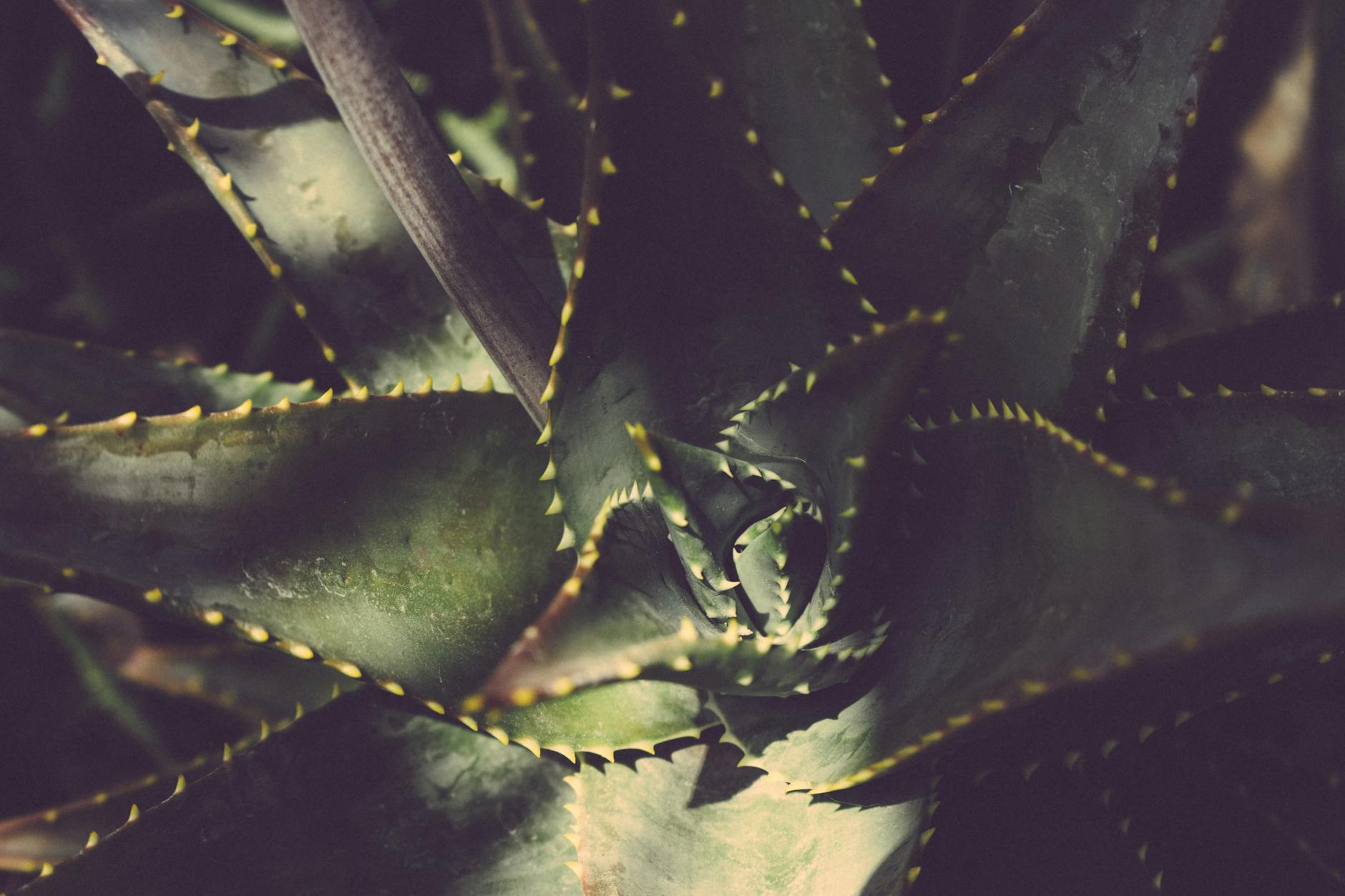Understanding the intimate relationship between psychedelics and nature has drawn inquiring minds for centuries. Rooted in the ancient traditions of shamanic cultures and the fabric of today’s ongoing scientific research, this symbiotic relationship reflects the constant evolutionary dance between humans and their environment.
Psychedelics, also referred to as entheogens, were traditionally used by indigenous cultures to build a deeper connection with the natural world. Entheogenic experiences often involve a dissolution of boundary between self and other, leading to a sense of unity with one’s environment, an integral principle in the understanding of biophilia—a concept that conveys humans’ innate affinity for the natural world.
Using psychedelics, individuals often report a newfound sense of nature connection, which is perceived as a profound bond between oneself and life at large, moving them to prolific expressions of nature-inspired art. These experiences prompt a shift in thinking that acknowledges the symbiotic relationship between humans and their environment, igniting a newfound appreciation for the interconnectedness of all elements of life.
This interweaving of psychedelics and nature has also been a focus in the field of ecopsychology—a discipline that explores the relationship between environmental and mental health. The use of such substances can cultivate an awareness and appreciation for the natural world, often resulting in a deep-seated sense of environmental responsibility.
Psychedelics’ transformative impact on one’s perspective may foster a deeper understanding of what is known as plant consciousness—a concept that imbues plants with intelligence and sensitivity. Ayahuasca, a plant-based psychedelic, has been used for centuries in indigenous cultures as a means to communicate with and learn from the intelligence of the natural world by opening channels of perception often dormant in ordinary states of consciousness. Modern research in ethnobotany and neuroscience is beginning to lend credibility to these ancient practices, unveiling a rich tapestry of communication in the plant world that was, until recently, largely undetected and unappreciated.
Moreover, the psychedelic-soaked reverence for nature has strong implications for contemporary conservation efforts. The psychedelic experience often imparts an empathetic understanding of the environmental crisis, sparking increased motivation for environmental awareness and action. Therefore, individuals who have had these profound experiences often feel a deep sense of duty to protect and restore the earth, promoting vital conservation initiatives.
With regards to health and healing, psychedelics offer a plethora of opportunities. Entheogenic experiences often lead to deep-rooted psychological healing, enabled through the profound connection made with nature. This concept, often referred to as natural healing, advances the idea that well-being is influenced by our relationship with the natural world, a premise that is gaining recognition among modern health professionals.
However, while the use of psychedelics prompts a closer relationship with the environment and promotes recognize of the interconnectivity of life, it is important to remember they are not a panacea for the environmental or psychological crises that we face. They are tools—one of many—that can foster a more profound appreciation of nature and ultimately our place within it.
Overall, exploring the relationship between psychedelics and nature reveals an intricate mutual connection characterized by enhanced environmental awareness, conservation efforts, and natural healing, bound together by the threads of ancient indigenous wisdom and modern scientific inquiry.
In essence, psychedelics encourage a recalibration of our relationship with nature, reminding us that we are not masters, but an integral part of this Earth, with every action impacting the intricate web of life that sustains us. Psychedelics simply act as a window, offering a helpful glimpse into the rich and intricate tapestry of our interconnected world. Recognizing this truth, it seems, is a step towards a more balanced, ecologically-sound and mentally healthy civilization.








